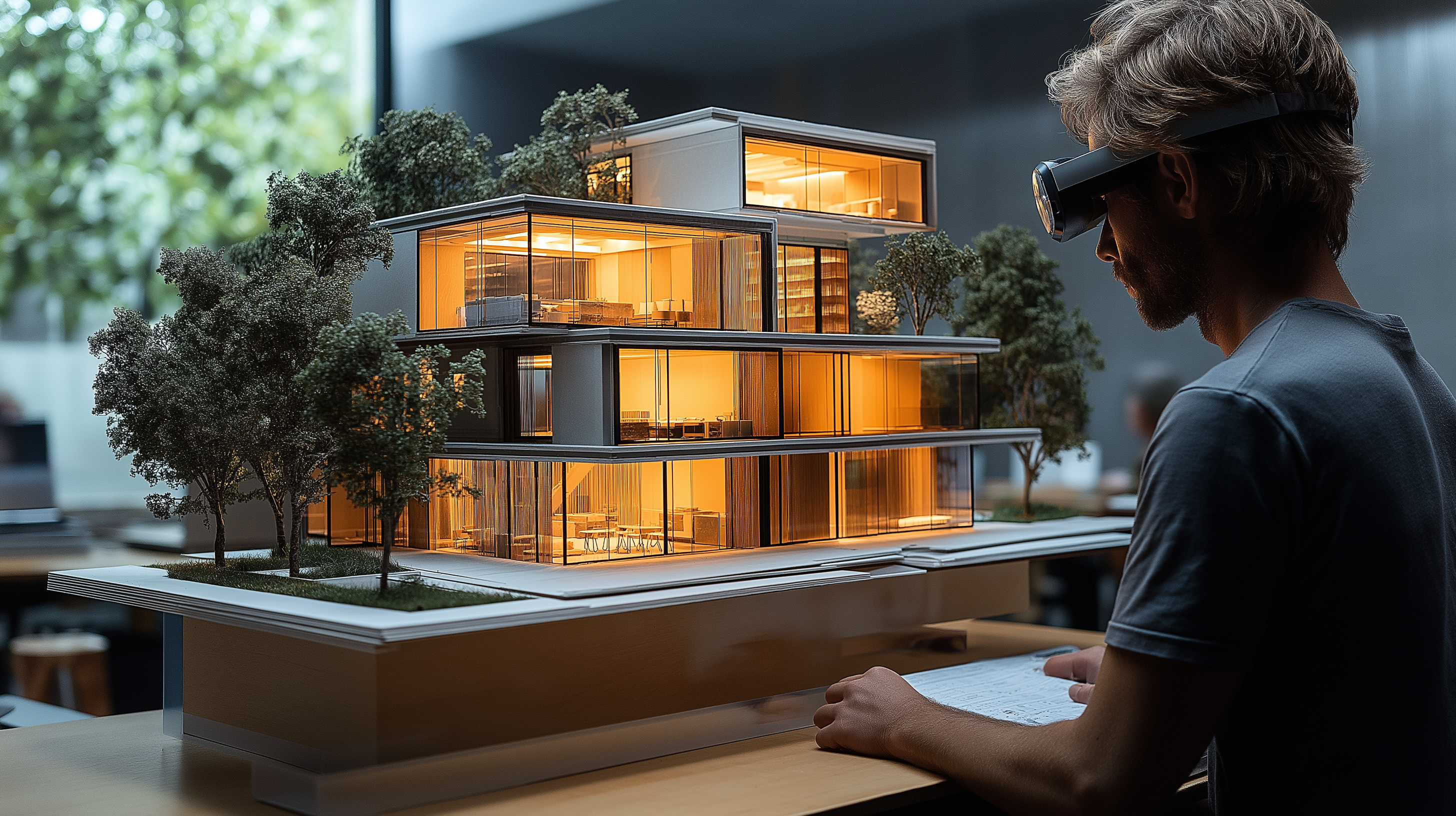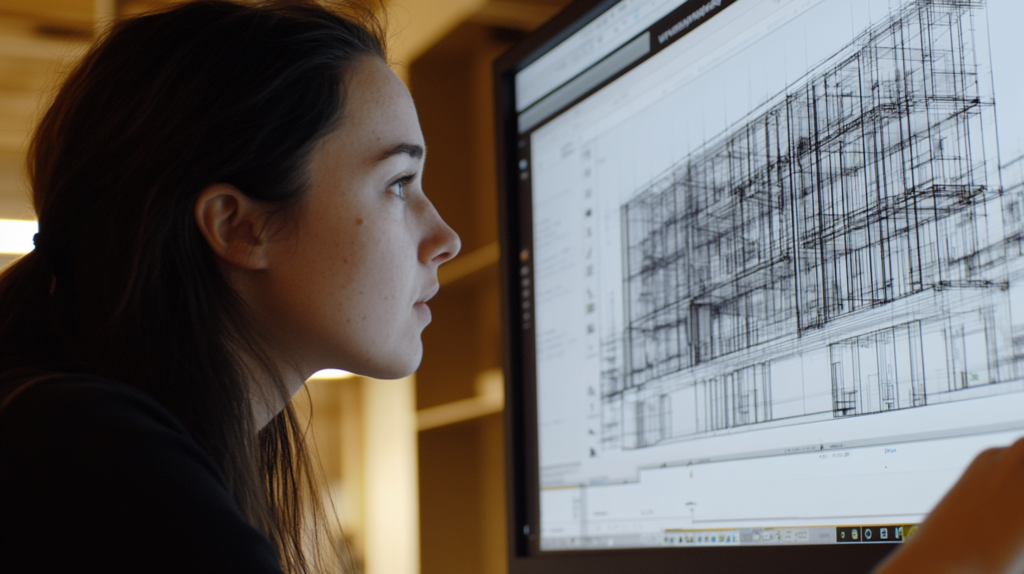
Why AI Education is the Future of Architectural Curriculums
Artificial Intelligence (AI) is revolutionizing various industries, and architecture is no exception. The integration of AI in architecture and interior design is not just a trend but a necessity for the future of the field.
This comprehensive blog post explores why AI education is essential for architectural curriculums, addressing common reader questions and providing solutions to current challenges.
Introduction to AI in Architecture
The Evolution of Architectural Design
Architecture has always been at the forefront of innovation, from the use of Computer-Aided Design (CAD) to Building Information Modeling (BIM).
AI represents the next big leap, offering unprecedented capabilities in design, planning, and construction. AI in architecture enables professionals to conceptualize, optimize, and execute designs with greater efficiency and creativity.

The Need for AI Education in Architecture
As AI becomes more integral to architectural practice, it is crucial for educational institutions to incorporate AI concepts and tools into their curriculums.
This ensures that future architects are well-prepared for the AI-enhanced landscape of the profession.
The traditional model of architectural education, which focused on fundamental skills like manual drafting and physical model-making, must evolve to include AI technologies1.
The Impact of AI on Architectural Education
Enhancing Creativity and Innovation
AI tools like generative adversarial networks (GANs) and ComfyUI workflows can produce innovative design concepts in seconds, providing fresh perspectives on form, materiality, and spatial organization.
This enhances creativity and allows architects to explore designs beyond human imagination.
Data-Driven Design
AI thrives on data, making it ideal for sustainable design. AI algorithms can analyze building site data, environmental factors, local planning regulations, and client preferences to inform initial design concepts.
This data-driven approach optimizes energy efficiency, natural lighting, and material use, leading to more sustainable and efficient designs.
Streamlined Workflows
AI can streamline tedious tasks like drafting, model iterations, and client presentations, giving architects and designers more time to focus on creativity and strategic problem-solving.
This not only improves productivity but also enhances the overall quality of work.
Future-Proofing Careers
As AI continues to integrate into architecture, those proficient in these tools will have a competitive edge in the industry. Equipping future professionals with AI skills ensures they remain indispensable in the ever-evolving job market.

Integrating AI into Architectural Curriculums
AI in Design Studios
Students should work on real-world AI-based projects, integrating tools like MidJourney for conceptualization and Rhino with Grasshopper for parametric design.
This hands-on approach allows students to understand the practical applications of AI in architecture and interior design.
Collaborative Learning
AI thrives on interdisciplinary collaboration. Bringing together architects, engineers, and AI specialists fosters innovative solutions and prepares students for the collaborative nature of the industry.
This approach ensures that students are well-rounded and adaptable to different professional environments.
Ethical AI Use
Teaching students to use AI responsibly is crucial. This includes addressing ethical issues around plagiarism, intellectual property, and privacy.
Educators must emphasize the importance of using AI as a tool to augment human creativity and decision-making, rather than replacing it.

Case Studies and Examples
AI-Assisted Architectural Programming and Design Course
A study by MDPI highlights the effectiveness of AI-assisted architectural teaching on student learning. The AI-embedded teaching model evaluated the impact of AI on student learning outcomes, providing targeted optimization suggestions for the integration of AI technologies in architectural education.
AI in Sustainability Analysis
AI has found its way into various aspects of architectural practice, significantly influencing sustainability analysis. Educational institutions must introduce AI concepts and tools into their curricula to prepare future architects for this AI-enhanced landscape.
This includes teaching students how to use AI for optimizing building processes and enhancing building performance.
Addressing Common Questions
How Will AI Change Architectural Education?
AI will change architectural education by introducing new tools and methodologies that enhance creativity, streamline workflows, and promote data-driven design.
This shift will require educators to adapt their teaching methods to incorporate AI technologies and prepare students for the future of the profession.
What Skills Will Future Architects Need?
Future architects will need a combination of traditional architectural skills and proficiency in AI tools.
This includes the ability to use AI for conceptualization, optimization, and execution of designs, as well as ethical considerations in the use of AI.
How Can Educators Prepare for This Transition?
Educators can prepare for this transition by staying updated with the latest AI technologies and their applications in architecture.
They should also focus on creating a collaborative learning environment that encourages interdisciplinary collaboration and ethical AI use.

Conclusion
The future of architectural education lies in the integration of AI technologies.
By embracing AI in architecture and interior design curriculums, educational institutions can prepare future architects for the challenges and opportunities of the AI-enhanced landscape.
This will not only enhance creativity and innovation but also ensure that future professionals are well-equipped to thrive in the ever-evolving field of architecture.
As we look towards the future, it is clear that AI will play a pivotal role in shaping the built environment.
By incorporating AI education into architectural curriculums, we can empower the next generation of architects to create a more sustainable, efficient, and innovative world.

Leave a Reply